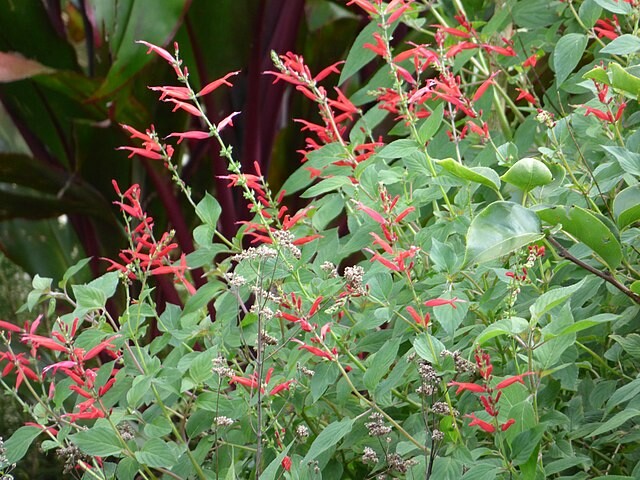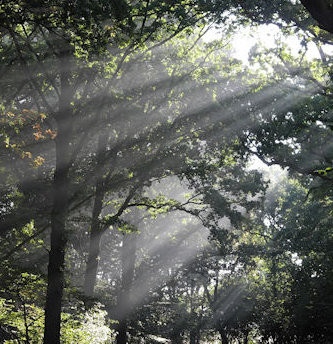Written by Don Richardson



Any reference to medicinal or culinary use of plants or plant parts should in no way be considered an endorsement by The Ocala Food Forest or its staff. Research is crucial in safe and proper consumption or experimentational use of any plant.
Salvia Elegans, commonly known as pineapple sage, is a beautiful and fragrant plant that can add a pop of color and texture to any garden. This herbaceous perennial plant belongs to the mint family, Lamiaceae, and is native to Mexico and Guatemala. The plant is named after its distinctive pineapple scent and flavor, which makes it a popular addition to many culinary dishes.
- Family: Lamiaceae
- Plant Type: Herbaceous perennial
- Native Plant In: Mexico and Guatemala
- Native Range In the USA: Salvia Elegans is native to Southern Mexico and Central America but is commonly grown throughout the United States. The Florida native Salvia is the Tropical Sage or Scarlet Sage (Salvia Coccinea)
- Food Forest Plant
- Hardiness Zone: 8 to 11, it can tolerate minimum temperatures of around 10 to 20°F.
- Seasons of Bloom: Blooms in late summer to early fall, usually from September to October, But in some areas it can bloom all year long.
- Soil Type and pH Range: The plant prefers well-draining, fertile soil with a pH range of 6.0 to 7.0
- Sun Exposure: Full sun, but it can also tolerate partial shade.
- Growth Habit: The plant has an upright growth habit and can reach a mature size of 3 to 4 feet tall and 2 to 3 feet wide.
- Moisture Needs: Prefers moderate moisture levels and can withstand short periods of drought.
- Pollination: Is not self-pollinating and requires pollinators, such as bees and hummingbirds, for reproduction.
- Edible Plant: Pineapple sage is an edible plant, and its leaves can be used to flavor teas, salads, and desserts.
- Medicinal Plant: Salvia Elegans is not considered a medicinal plant, but it has been used traditionally to treat colds, coughs, and fever.
Landscape Uses: Is an excellent choice for adding color and fragrance to gardens, borders, and containers. It can also attract pollinators and beneficial insects to the garden.
Growing Tips: Pineapple sage is a low-maintenance plant and requires little care once established. However, it benefits from regular pruning to maintain its shape and encourage bushier growth. The plant also benefits from occasional fertilization to promote healthy growth.
Cautions: Salvia Elegans is generally considered a safe plant, but its leaves and flowers can cause skin irritation in some people. Additionally, the plant is not recommended for consumption by pregnant or breastfeeding women.
What the plant attracts: Salvia Elegans is a pollinator magnet, attracting bees, butterflies, and hummingbirds to your garden.
Pest & Diseases: Salvia Elegans is relatively pest and disease-free. However, it can be susceptible to powdery mildew in humid conditions.
Cautions: Salvia Elegans may be toxic to cats and dogs if ingested, so it's best to keep the plant out of reach of pets.
In conclusion, Salvia Elegans, or pineapple sage, is a beautiful and fragrant plant that can add a tropical touch to any garden. Its attractive foliage and bright red flowers make it an excellent choice for gardens, borders, and containers. However, gardeners should be aware of its growing requirements and potential hazards before adding it to their landscape.










0 Comments